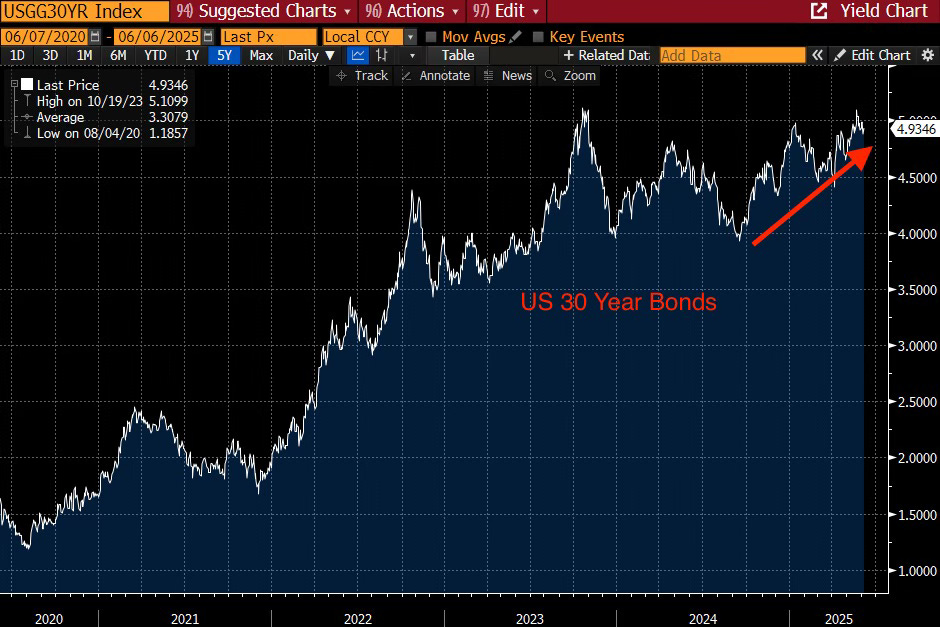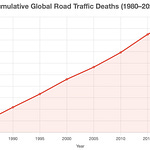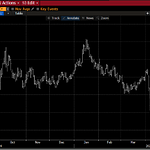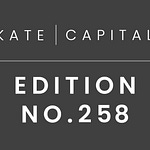THIS IS NOT INVESTMENT ADVICE. INVESTING IS RISKY AND OFTEN PAINFUL. DO YOUR OWN RESEARCH.
This week, we learned a few things.
First, we learned the big round of central bank easing is probably over. For assets in general (stocks and bonds) to go up, the total amount of printing (easing) needs to increase. While the Fed wasn’t easing, most other central banks were. This week, the Bank of Canada and the European Central Bank said they don’t see the need to ease further (though the ECB cut rates). There is no pressure on the Bank of Japan to ease. Moreover, a report today on US unemployment was fine, which means there is no urgency for the Fed to cut rates.
We went from central bank easing (COVID), to tightening (2022), to easing (2024–now), to today’s no expected easing. There had been a broad belief that erratic White House policy would deal a blow to the US and global economy, forcing the Fed to ease. So far, policy seems to have dealt a significant blow to all of our attention spans but not the economy. This is miraculous, but the data suggests it is true. There is a lot of second-tier data showing slowing hiring, but not enough to move the Fed, which means we must now wait for another month. Perhaps the deportations are shrinking the available pool of labor and keeping unemployment down?
Second, we learned a fiscal bill is almost certain to be passed soon in the US, with the deficit clocking in at somewhere between 6% and 7%. The only entity that can borrow at scale at these interest rates is the US government. To increase private sector borrowing, interest rates must come down. To get interest rates down, government borrowing must decrease, and that doesn’t look like it will happen. This bill is going to be passed despite many thoughtful people saying the same thing Musk is, which is that the deficit is too big. The conversation I share here with Pennsylvania Senator David McCormick (and my former boss) sheds light not only on his new book, Who Believed in You? (co-written with his wife, Dina), but also on what the budget debate looks like from the perspective of a US Senator. As he makes clear, President Trump believes he has a clear mandate to cut taxes, so cut taxes he will. This package, combined with the healthy jobs data, suggests that interest rates could move higher. At some point, this hurts the stock market because why take a flier on AI stocks when a 30-year bond pays you 5.5%? And as we figure this out, listen to Dave and Dina’s advice and both seek out great mentors and try to provide the same for others.
Third, we learned that trade uncertainty is going to last a long time. Remember that US trade partners were supposed to submit their offers on Wednesday? Nothing doing. Many other deadlines have come and gone. The US has less leverage than it appears. The global trading system is complex and has evolved over decades. So, the US can get justifiably upset about fentanyl, but then China finds a lever to hurt the US (rare earths), and the conflict goes slow. Xi made ample time to meet with Belarus’s Lukashenko last week and scarce time to talk to Trump. Why rush? China, like Russia, believes it is winning. This trade uncertainty is one more reason why the Fed will do nothing unless unemployment rises sharply. The tariffs are high, well over 10%, so at some point, this should whack spending, as should higher interest rates.
Fourth, we learned that billions of dollars in conventional military spending are not effective against drones. If Ukraine can take out Russia’s bombers with drones, then the same can happen to any other major power. This means in a dangerous world, where conflict in Asia can erupt at any moment, the fundamental techniques of modern warfare are in flux and it is less clear who has the upper hand.
Where does this leave me?
The AI boom is real and ongoing.
The Fed (and other central banks) are on hold until unemployment goes up, which means bond yields will probably go to the upper end of their range.
Institutional investors are wary of a pro-risk stance (long stocks, short bonds) because of what happened in April (stocks down 20%) and the ongoing haze of tariffs. This probably makes it more likely for stocks to crawl higher.
The value of assets that have little to do with the above, like stable cash flow stocks or idiosyncratic bonds, is high, as are assets that can hedge geopolitical conflict.
NOTE TO READERS: I’m at a conference next week, so unlikely I’ll have time to post.












